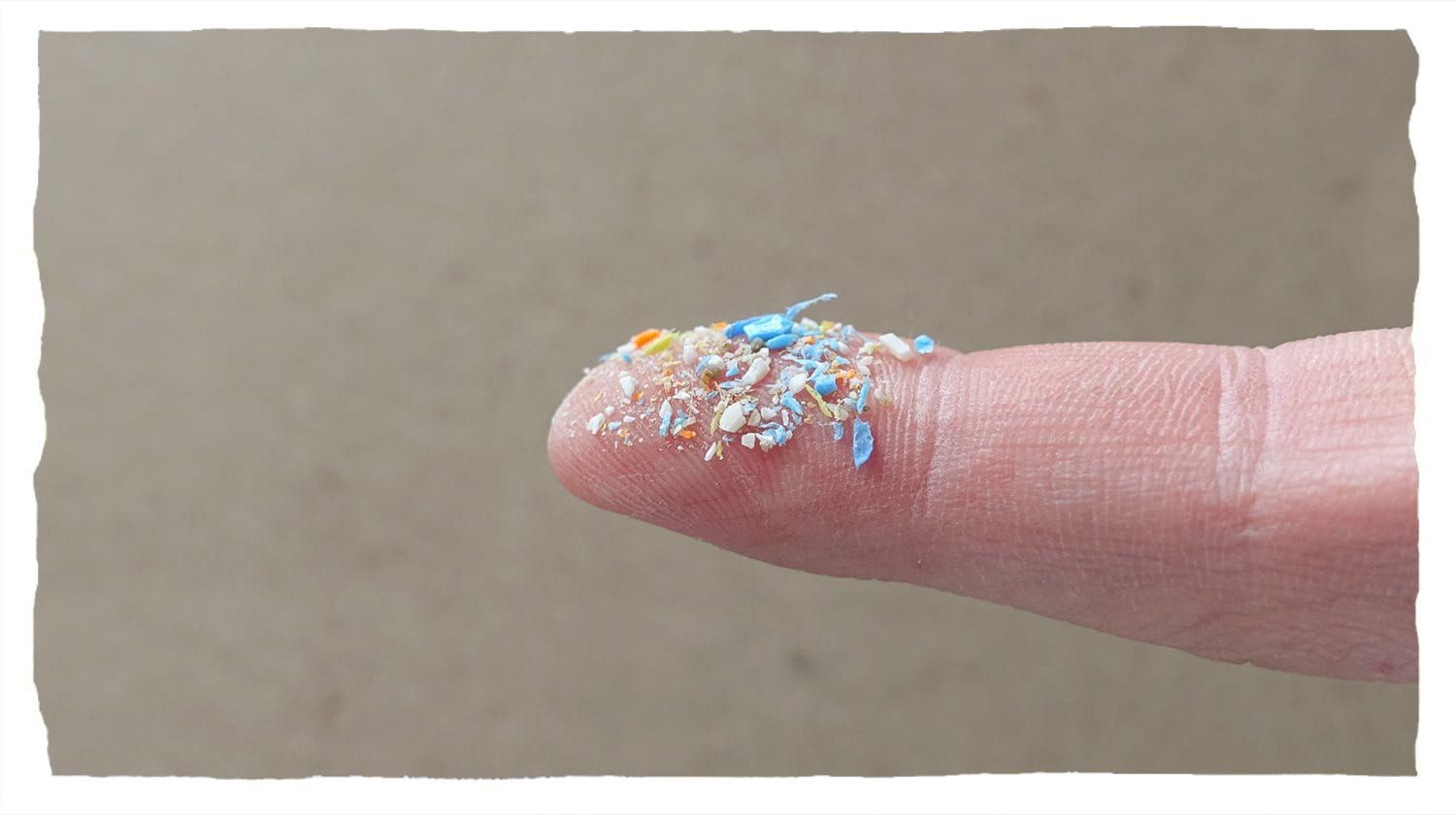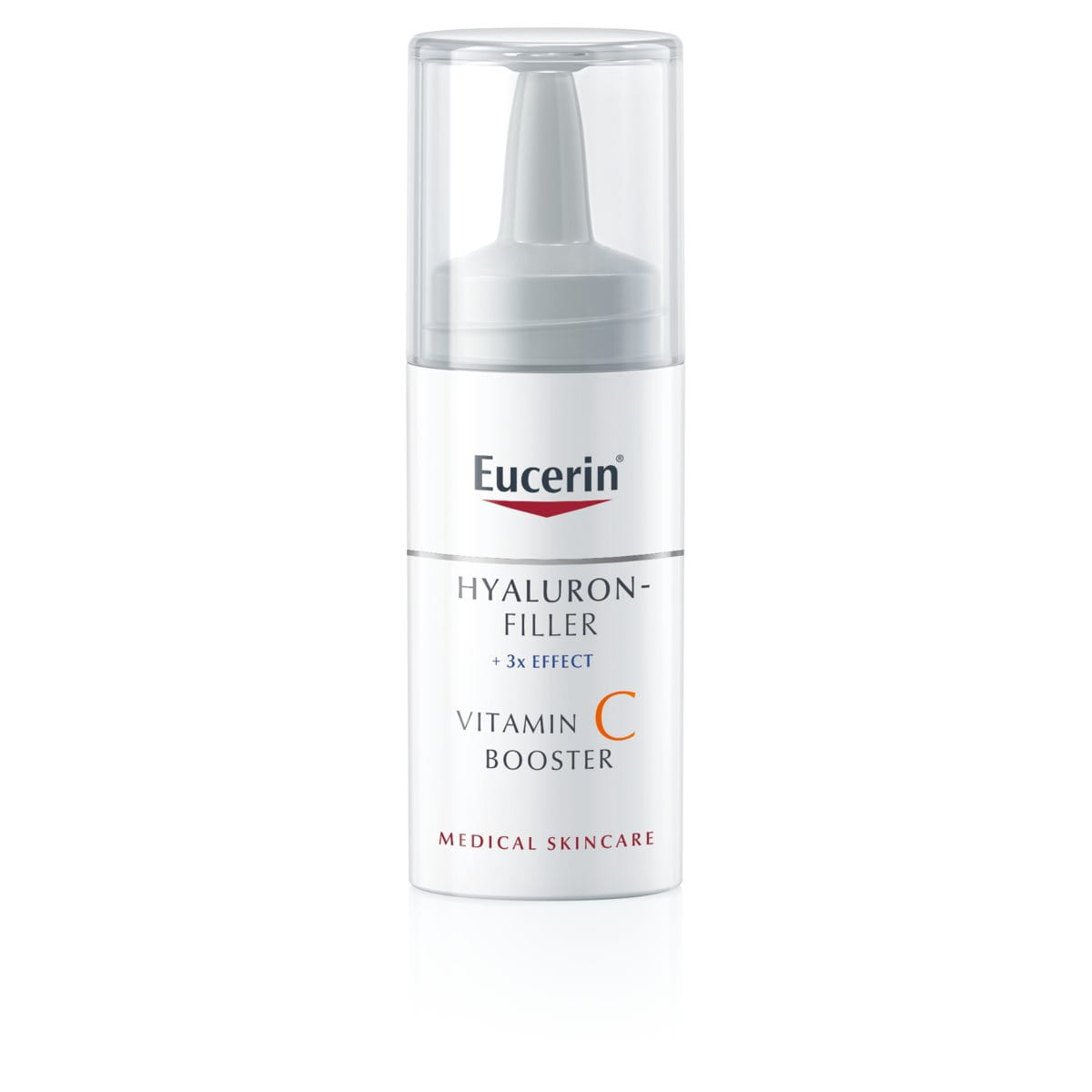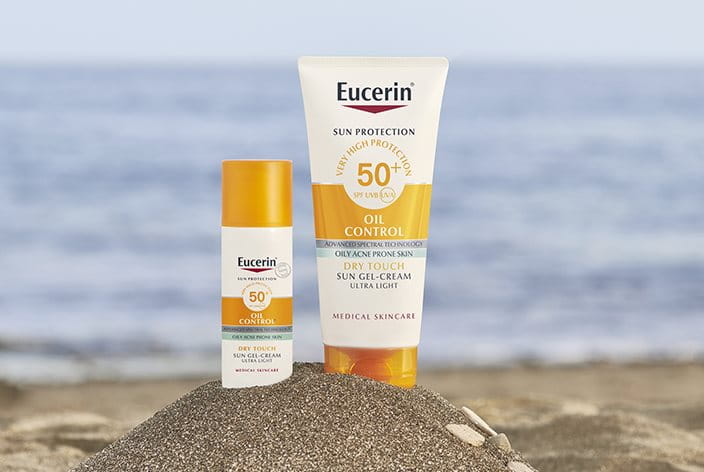What are Microplastics?
The United Nations Environment Program (UNEP) defines Microplastics as solid, non-water-soluble and non-biodegradable plastic particles that are five millimeters or less in size. Primary Microplastics are intentionally created as tiny particles to use as a product ingredient. In contrast, secondary Microplastics are the by-product of large plastic pieces as they break down into smaller pieces due to erosion and exposure to natural elements.
How Do Microplastics Impact Our Environment?
Plastic pollution is one of the most significant environmental challenges of our time. Regardless of how Microplastics end up in the environment, they can and do remain in our natural world for generations. Due to their properties, they are a source of both soil and marine pollution around the world as they break down very slowly. As such, they are considered potentially harmful to the environment.

Why Use Microplastics in Skincare Products?
Small, solid plastic particles are typically used in cleansing body care products such as washable peels, exfoliants, or shower gels to provide a skin-friendly peeling effect. When the environmental impact of Microplastics was first being questioned, Eucerin's parent company Beiersdorf was one of the first cosmetics companies to decide to stop using Polyethylene peeling particles (more commonly known as microbeads), in 2013. Furthermore, Microplastic fillers are used in leave-on formulations to alter viscosity and improve the feeling on the skin.
Microplastic-free Skincare Formulations
At Eucerin, we have eliminated raw materials based on Microplastics from our product formulas and are continuously improving the environmental compatibility of our products.
In light of the debate and concern about plastics in the world’s oceans, Eucerin took responsibility for addressing the impact Microplastics have and the importance of eradicating them from our product range. This goes beyond those Microplastics that you can see and feel.
- In 2015, Eucerin formulas swapped Polyethylene particles for more environmentally friendly alternatives. Formulas previously containing microbeads now use Microcrystalline Cellulose particles and mixtures of Microcrystalline Cellulose, Silicon Dioxide particles, and Castor Wax. These environmentally friendly alternatives are just as gentle and skin friendly as their predecessors and achieve the same peeling effect.
- In 2020, we eliminated Nylon, one type of Microplastic, and adapted the corresponding product formulas.
- Since the end of 2023, our cosmetic formulations are completely free of Microplastic as defined by the UNEP (United Nations Environment Program).
Where Else Do Microplastics Come From?
Microplastics aren't only present as a synthetic ingredient in cosmetics and skincare products but are found in a surprising range of everyday products. These tiny plastic particles also develop when larger plastic pieces are not recycled or disposed of appropriately. Eventually, over time, the larger plastic piece becomes weathered down into multiple smaller parts.

Surprisingly, the simple act of washing our clothes can also create Microplastics. Synthetic clothing fibers slough off while the clothes are being washed and end up in waterways. According to a Frauenhofer Institute 2018 study, the average person in Germany generates four kilograms of Microplastics annually. Of this, only 19 grams, or 0.5%, is attributable to personal care and cosmetics products.









